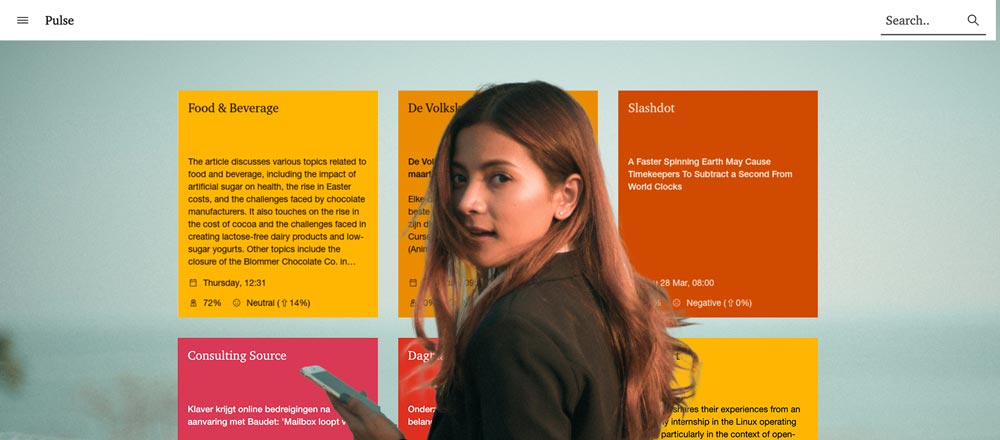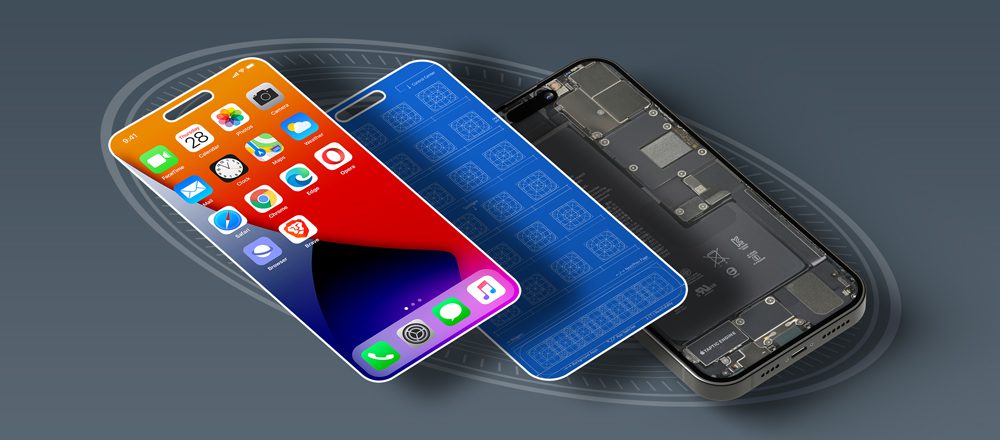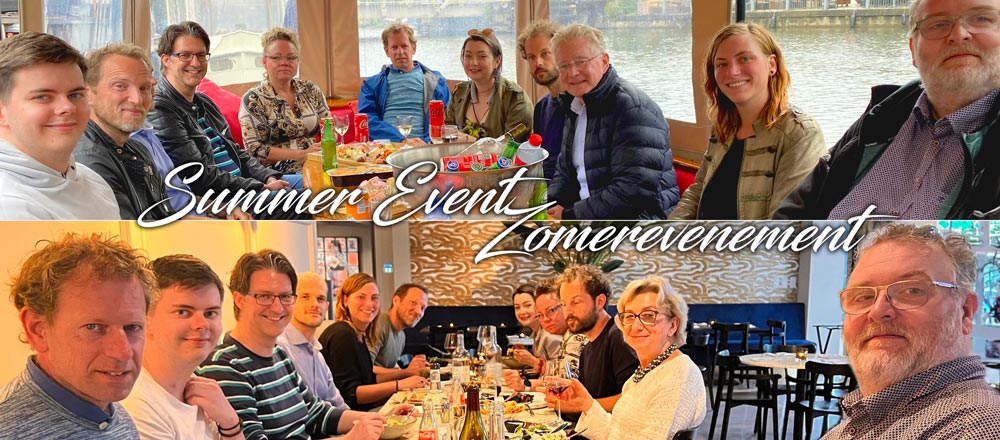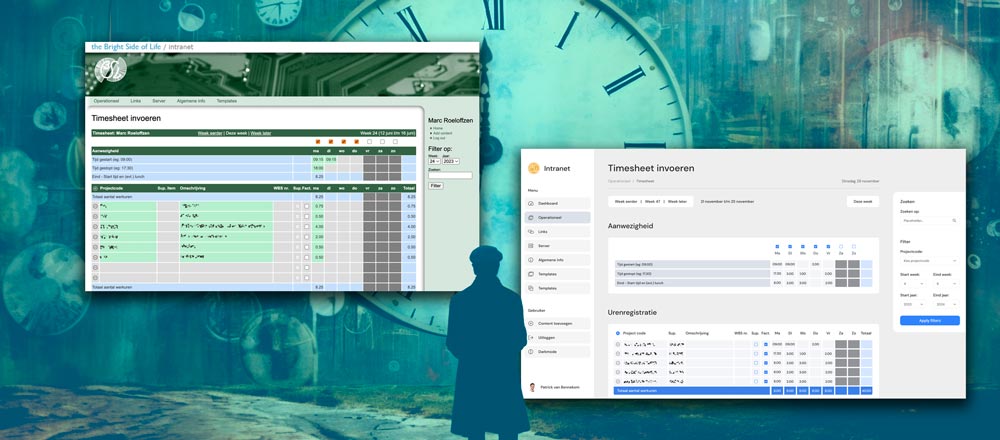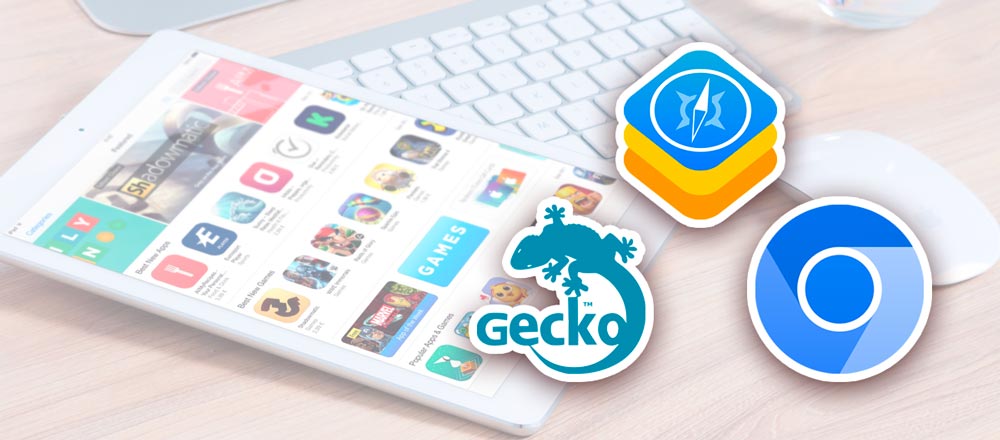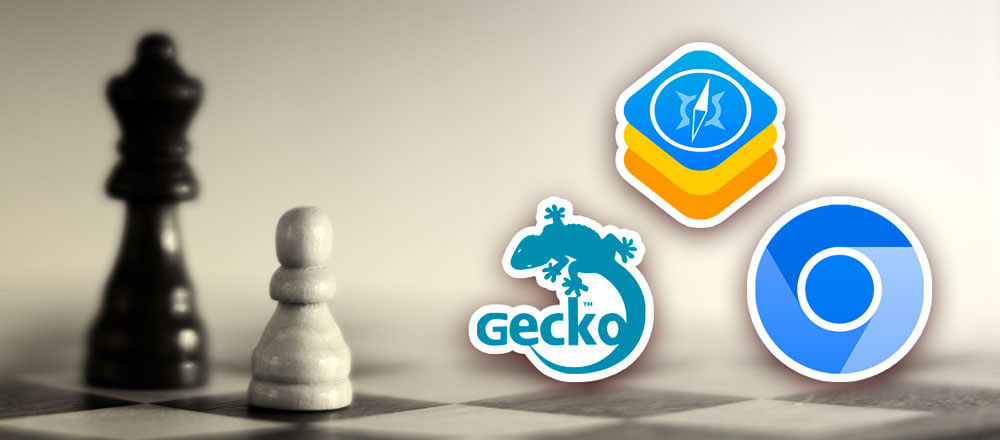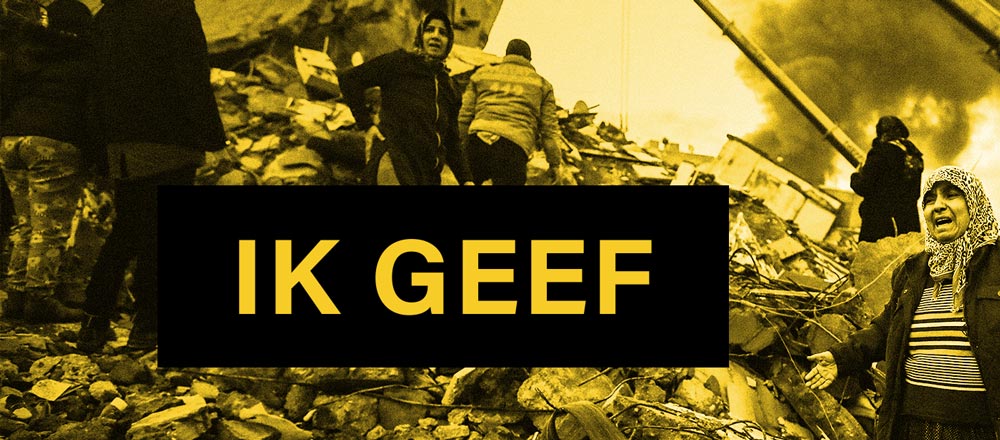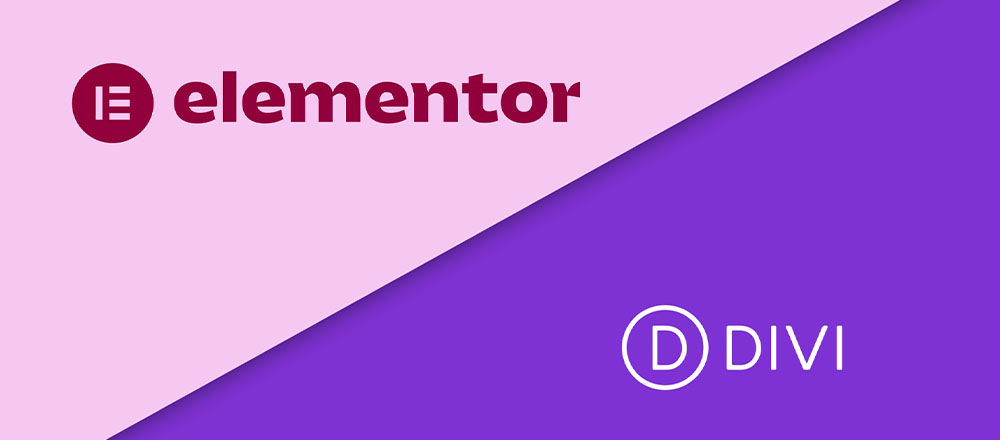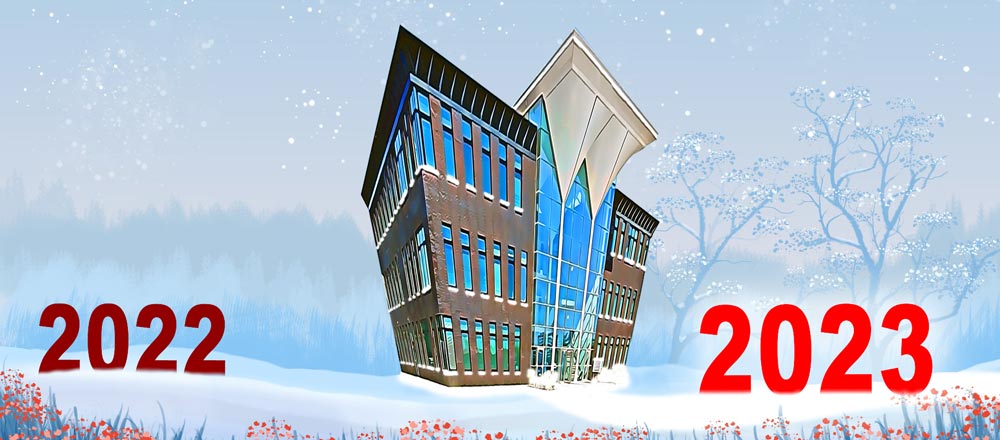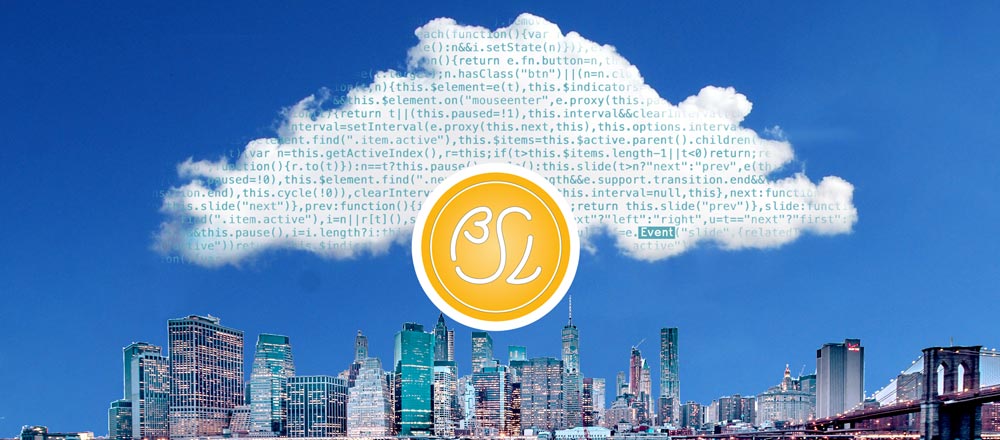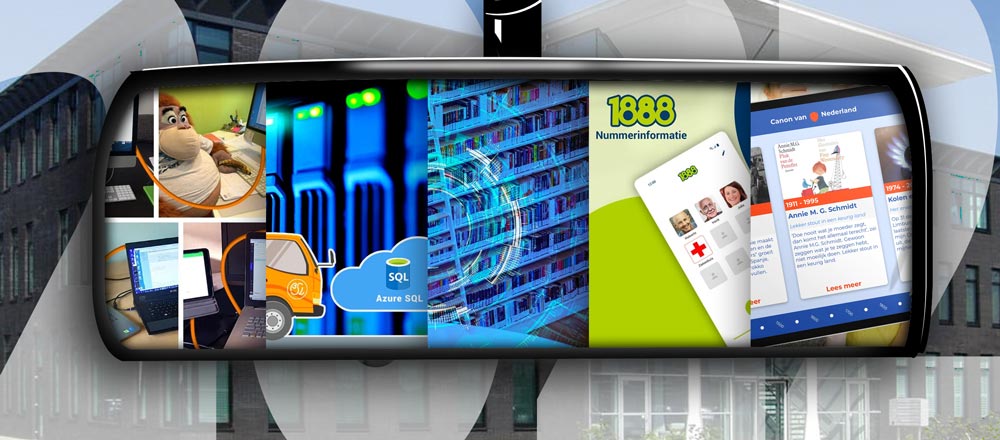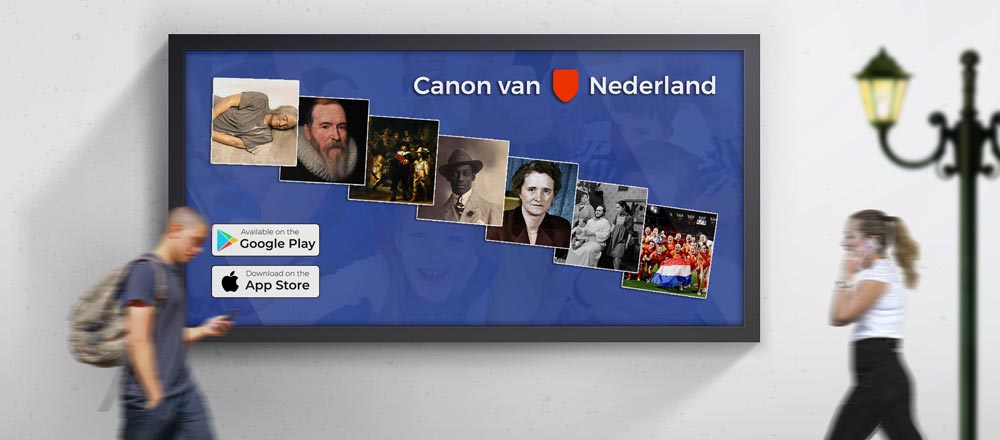We produced a couple of blogs last year that focused on the many advantages of an MVP. Or “Minimum Viable Product”. At the Bright Side of Life it’s in our blood to help clients to think about their needs, and to work with them to define the features needed in a first release. Going for an all singing and dancing first release is rarely the right approach. First focus on what you need – an MVP demonstrating great value to your users. It will save you money, Also, it will help to create a better product in the long-term.
So what’s an MVP?
Simply put, an MVP is the simplest version of your software, that offers real value to your users. Enough functionality to bind them to your concept. Building a simple but well-functioning version of your final product ensures that you can quickly go live and start doing business. In addition, you can immediately start collecting feedback and thus learn from your users. These interactions ensure that you can prioritize new features.
How do we define it?
The starting point is a list of features / user stories that you want to include in your product. Your Project Backlog. Prioritizing these features can be difficult. BSL has years of experience, and can help to refine your ideas. Our approach varies, depending on your own preferences. One method is to divide your backlog into a MoSCoW list. Must haves, Should haves, Could haves, and possibly Won’t haves. It’s an old technique, but it helps to focus on your priorities.
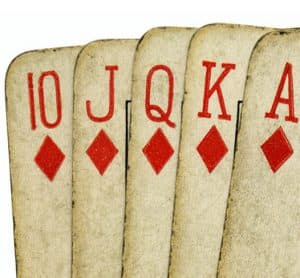
(c) Can Stock Photo / britishpics
Play some poker!
The next step is sometimes called Planning Poker. This is a consensus-based agile estimating and planning technique. The product owner describes a feature / user story to a team of estimators. The estimators then discuss the feature, asking questions as needed. When the feature has been discussed, each estimator can assign values like 0, 1, 2, 3, 5, 8, 13, 20, 40 and 100 to each feature, describing how easy/complex it is. It’s best if this happens simultaneously, or independently. If all estimators select the same value, that becomes the estimate. If not they should discuss the estimates. The high and low estimators should especially justify their reasoning. The goal is to find a consensus – which becomes the agreed score for the user story.
So how to get to the MVP?
Using the poker scores, it’s possible to look at each user story, and rank each of the backlog items. Of course with Must Haves there are not many options. But for the Should Haves and Could Haves the poker score means that you can evaluate each feature on the basis of cost (or complexity) compared with the benefits. It’s therefore a great way to get a feature list into perspective. And once you’ve classified each feature in this way, you’re well on your way to prioritizing the features needed. Balance this list against your budget or the time available, and you’ve got your MVP.
Easy peasy
These techniques are easy to apply. And they will help you to identify features that offer the greatest value to your users and which are the quickest / easiest / cheapest to achieve. This approach helps you to think about both the use of your product, and your role as entrepreneur. It helps you to control development costs and at the same time see which features add maximum value to your product.
The first release should be good enough to solve a problem for your users. It must be ready for use and effective. Good enough to attract early adopters. In fact, your MVP should be so good that this group of early users become ambassadors for your product.
Your “minimum viable product”
A solid MVP is ready for the future, ready for new features and fully scalable. If you want BSL to help design and build your new product or application, get in touch. We’ll help you at every step – and deliver a (web) application ready for the future.




